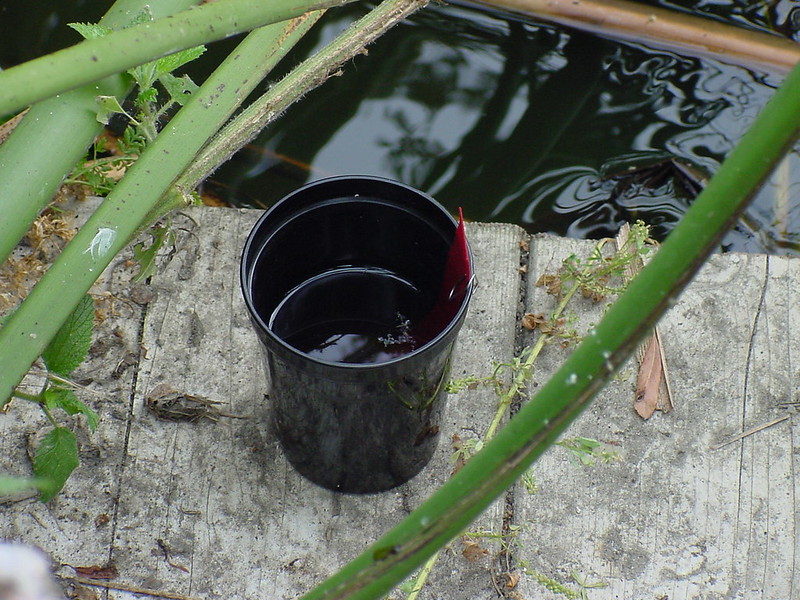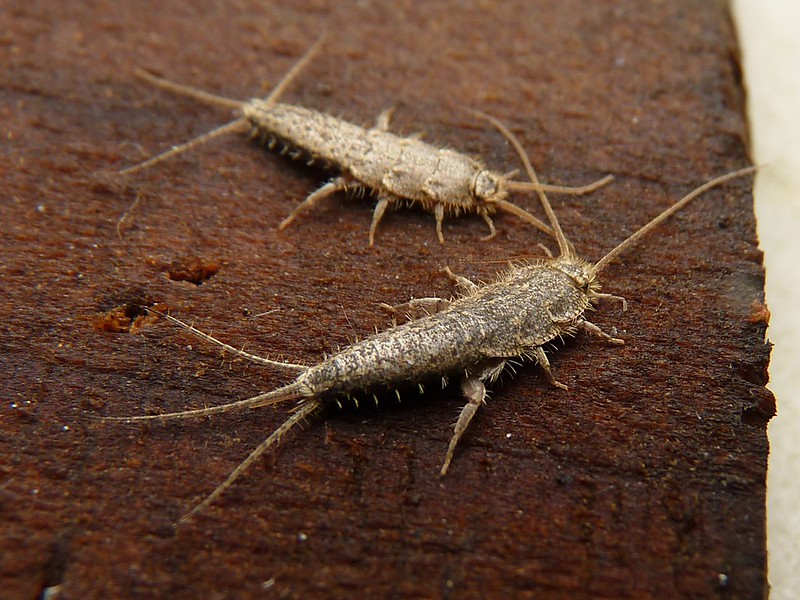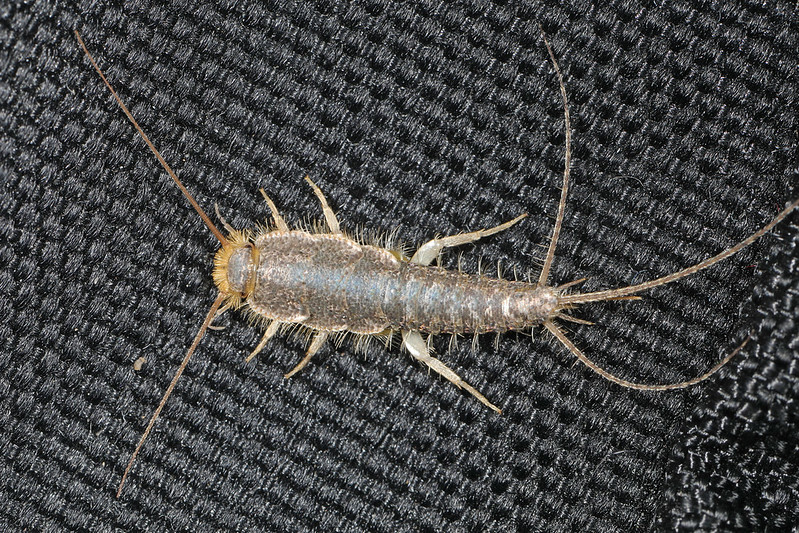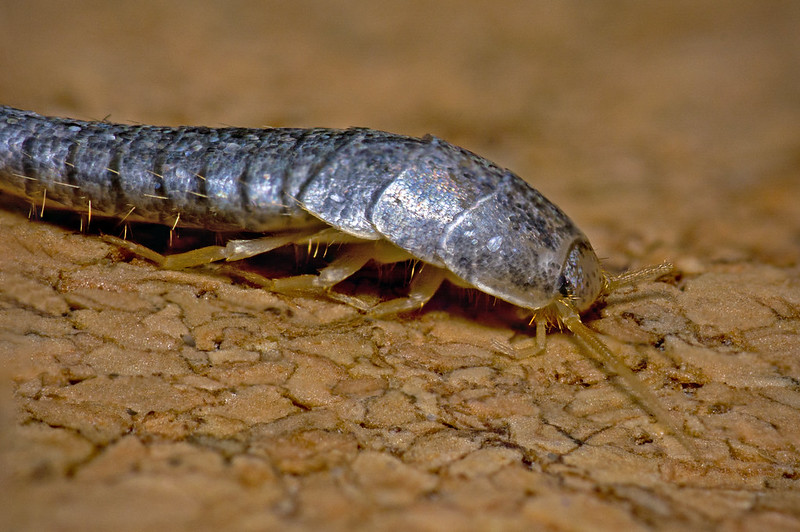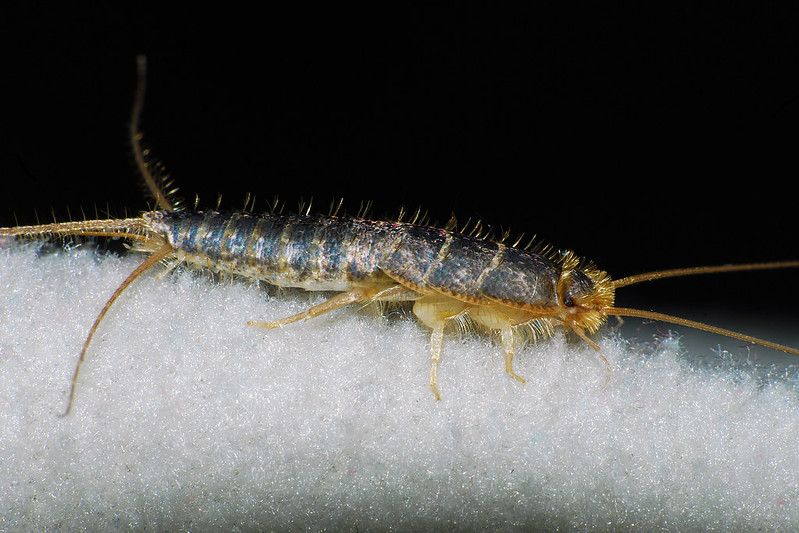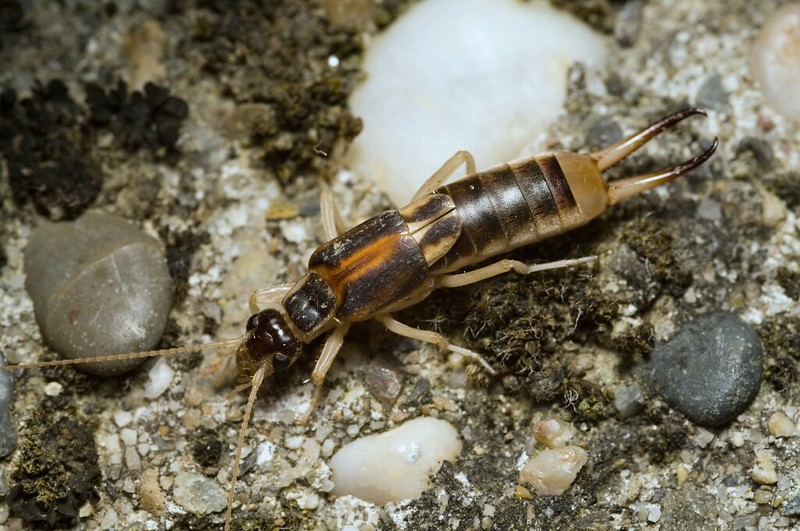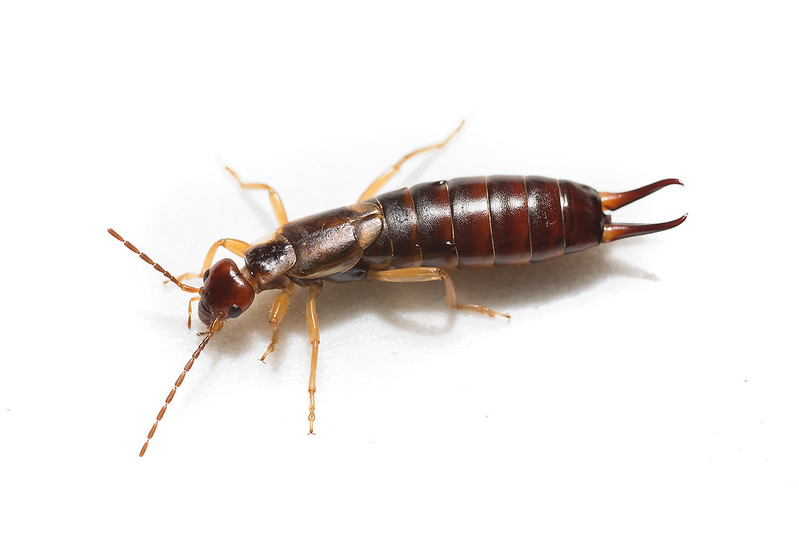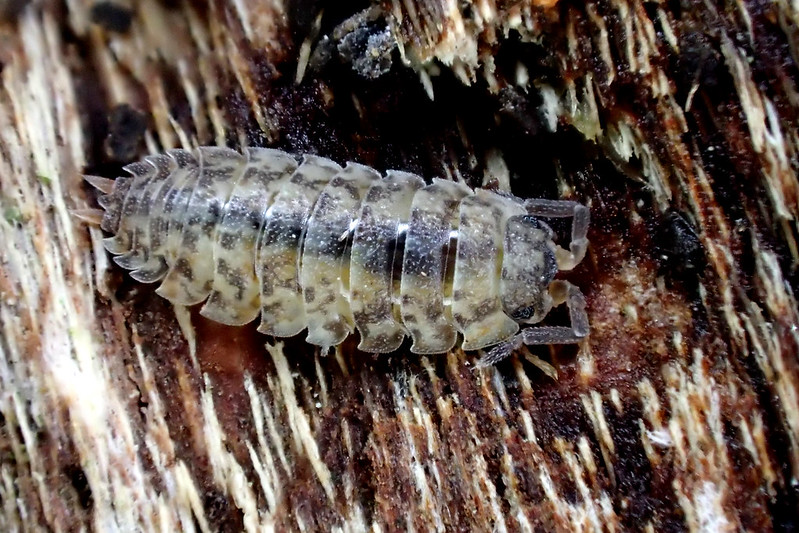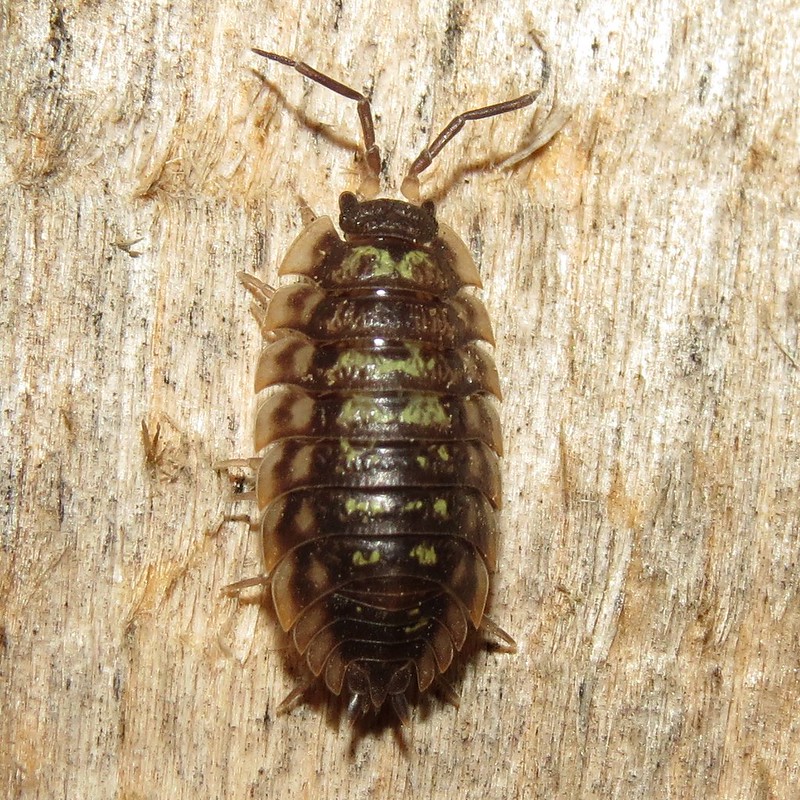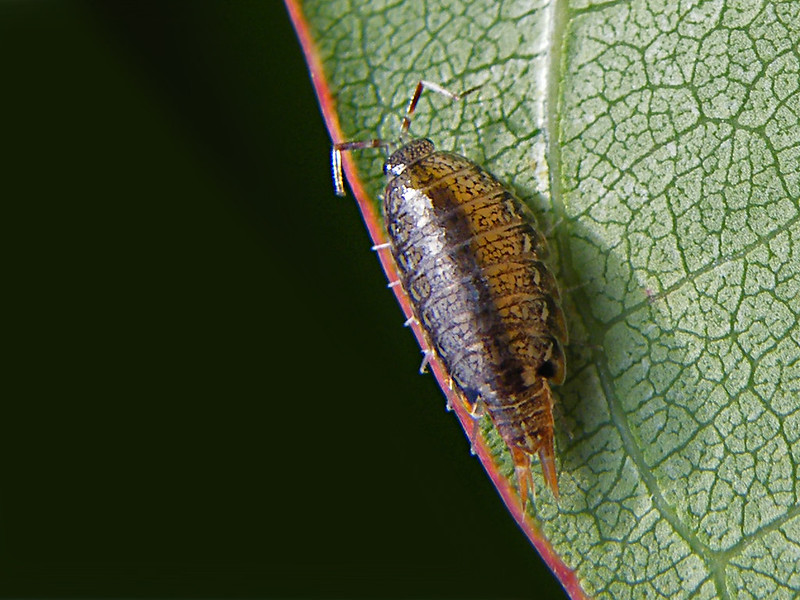The CDC calls them “the world’s deadliest animal” for good reason. Although statistics vary, some suggest that mosquitoes indirectly cause the deaths of over two million people a year — a figure that is only bound to rise as climate change broadens the geographical horizons of mosquito-borne diseases like malaria, dengue fever, the West Nile virus, Zika, and chikungunya.
Even if you don’t live in an area where these deadly diseases are endemic, however, it’s safe to say that you feel exactly the same way about mosquitoes as almost every other person on the planet. Nobody relishes the thought of having a natural, saliva-carried, anesthetic injected into their skin and their blood sucked out by a hungry mosquito.
Yeast and Bottle Mosquito Trap
With as little as a two-liter plastic bottle and some common household ingredients, you can make a simple, effective, and completely natural mosquito trap.
This trap uses a combination of yeast and sugar to produce carbon dioxide — the same compound that humans and other mammals breathe out. The carbon dioxide will attract mosquitoes, drawing them into the trap. The funnel shape of the trap prevents the mosquitoes that went into the trap from leaving, and the pests accumulate in the bottom.
This should take you no more than about 10 minutes from start to finish.
Construct the trap

- Choose an empty two-liter plastic bottle, like a soda bottle, and cut it in half. Keep both parts.
- Tip: A utility knife works wonders, here.
- Boil some water. Allow it to cool off a little bit, but don’t wait for it to go cold (about 160F is good).
Create the mixture

- Add 1/4 cup of brown sugar to 1 cup of hot water. You can do 2 cups (1/2 cup of brown sugar), too.
- Add a gram of yeast to the mixture, and again mix thoroughly.
Final Steps

- Pour the sugar water into the bottom half of the bottle.
- Invert the top half of the bottle, placing its original opening downward, without the lid on.
- Bonus:
- You can add some duct tape around the seam to make sure the trap holds up under wind.
- Additionally, some have found that wrapping the whole thing in black construction paper makes it more effective. I haven’t tested this, but it’s possible.
Here’s a video showing the full process:
The Ovitrap
This ingenious trap stops mosquitoes in their tracks at their very source.
As you probably know, mosquitoes lay their eggs near stagnant, dirty water. Some types of mosquitoes exclusively do so in lakes, but many will also happily lay their eggs around temporary water sources like muddy puddles or stagnant buckets of water in your garden.
Ovitraps — literally meaning “egg traps” — are clever and highly effective mosquito traps that recreate the perfect breeding ground for these pests.
There’s a twist, of course. Once mosquitoes lay their eggs around an ovitrap, the larvae that hatch naturally fall down into the water, where they begin to grow. By the time they’re ready to come out, they’re too big to pass through the top of your trap. Those mosquitoes will never bother anyone!
To make an ovitrap of your own, all you need to do is:
- Find a relatively large and dark plastic container. Black or dark-gray plastic cereal containers may do the trick, or you can purchase s small bucket (or even several!) from a home improvement store.
- Create a handle. If your container did not already come with a handle, pierce two holes in the sides and use sturdy metal wiring to create a makeshift handle. In either case, you’ll want to pierce or drill two larger overflow holes right under the handles to keep the water level down.
- Make it black. Depending on the size of your chosen container, you can use a black sock or a black cheesecloth for the next step. Glue the center firmly to the very bottom of the container. Carefully drape the sides of this fabric to line the entire inside, and then glue it right outside the edge of the container.
- Once fully dried, fill the container with stagnant water. You can do this by collecting pond water and leaving it to sit out for a while, or by adding some dog kibble to tap water.
- Now, make a “lid” out of fine mesh metal. It is important for this to have exactly the same size as the opening in the container. Press it into the opening firmly, ensuring that there are no escape holes or slots.
Now, all you have to do is hang the ovitrap in a shady and wind-free place where no more water can accumulate — like somewhere near your porch.
Scientific research has proven these home-made egg traps to be very effective against the most dangerous types of mosquitoes, which are most likely to spread diseases. Don’t forget to change the water out every two weeks to renew the trap’s mosquito-killing potential.
Here’s another video showing you the full process: (instructions begin at 0:28)
